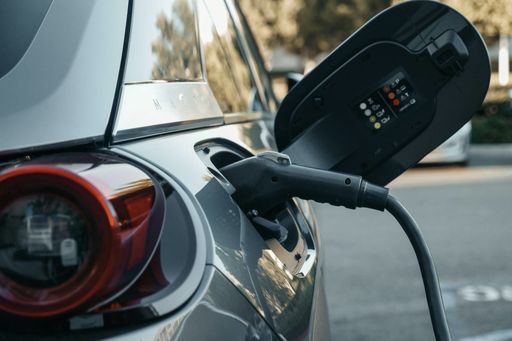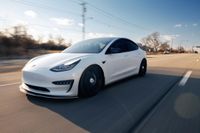Federal EV Incentive Change Widens Access for Low and Middle-Income Buyers
A change to the federal EV incentive that took effect Monday could widen access for low and middle-income buyers who want to go electric but have been excluded by high prices.

Instant Rebate Provides New Access to EVs
The clean vehicle tax credit, which offers up to $7,500 toward a new electric, hydrogen, or plug-in hybrid vehicle, and up to $4,000 for a used one, is now available as an instant rebate at approved dealers. Until now, buyers could not take advantage of the credit until they filed their taxes.
EV-equity advocates said the change will put buying an electric vehicle within reach of more buyers. Some prospective buyers either can't afford the upfront cost or do not earn enough to owe taxes. The rebate creates opportunities for buyers who were once priced out, especially if they 'stack' it with state and local incentives.
Requirements and Qualifications for the Rebate
Part of the Inflation Reduction Act, the clean vehicle tax credit is available to households making up to $300,000, depending on their filing status, and applies to cars costing no more than $55,000 and vans, pickup trucks, and SUVs costing up to $80,000. Used cars must be at least two years old and not cost more than $25,000.
However, finding a model that qualifies for the incentive may become more challenging. Eligible vehicles must meet certain requirements for sourcing their battery components and critical minerals in North America. It's estimated that only about 10 out of the 17 available all-electric models will get the full credit.
Finding Registered Dealers and Maximizing Incentives
To receive the rebate, consumers must go to a dealership registered with the IRS for the program. It's currently unclear how customers will know which dealers are part of the program. Despite this, dealers are ready to reduce purchase prices or provide cash to buyers, knowing they will be reimbursed by the IRS.
Buyers can also maximize their incentives by stacking the federal rebate with local incentives available from their state, local government, or utility. This can significantly lower the overall cost of purchasing an electric vehicle, making it more accessible for buyers who were previously priced out.


